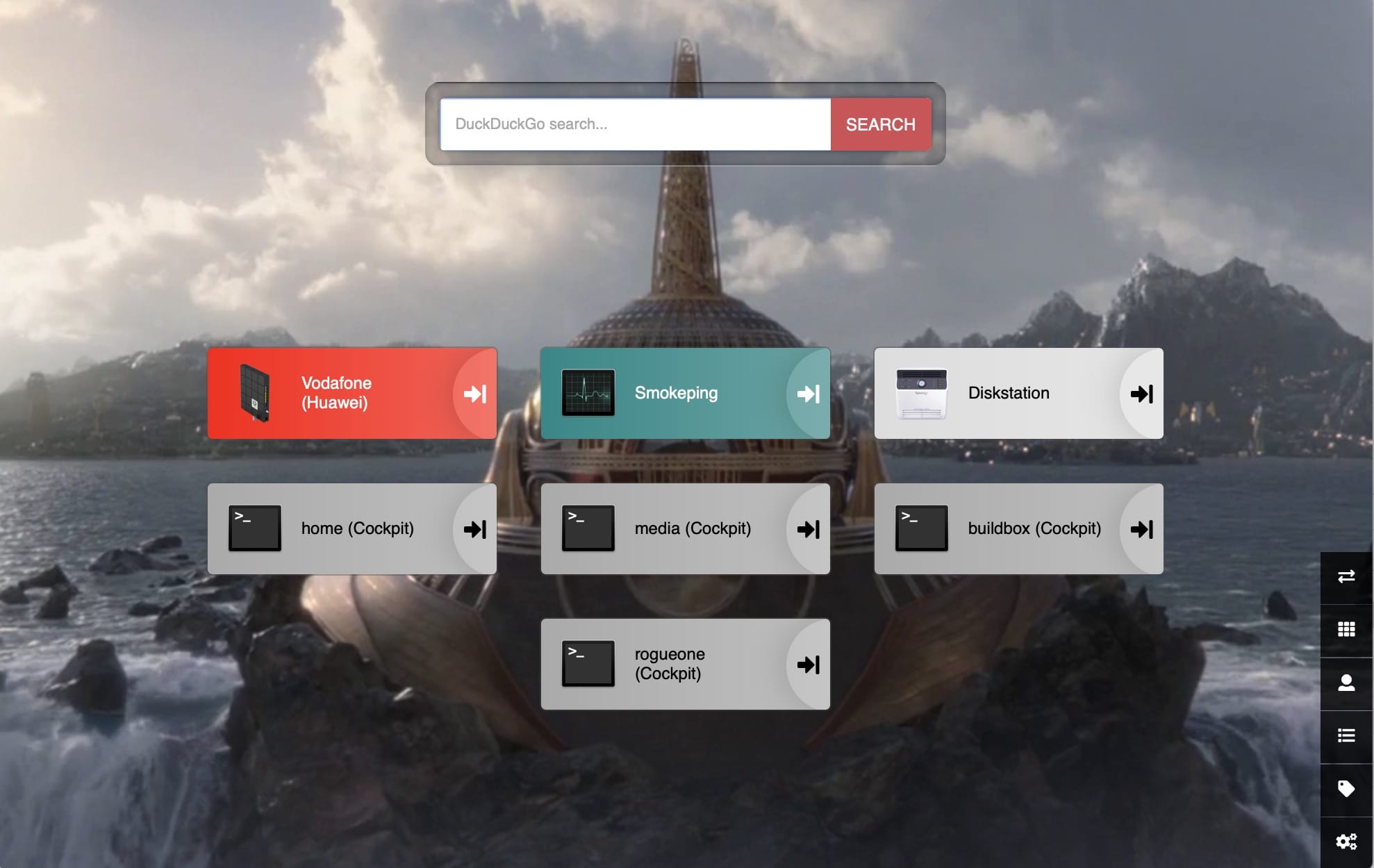I’m on vacation for a week, so I naturally went to town on all the stuff I’ve been neglecting due to work–including the menagerie of miscellaneous hardware around the house (and my office too, but that will likely be a topic for another post).
The very first thing I did was to upgrade my Surface Pro to the Windows 10 1903 build, which is fresh out. I had originally planned to do a full nuke and pave, but I got early access to the update and wanted to minimize contact with work-related stuff for a few days, so I left that running and moved on.
I then went on an upgrade spree across my home infrastructure, and upgraded the base operating system of nearly all my home servers (my NAS is sliding into obsolescence, so I’m leaving it be) as well as some of the subsystems in use.
Docker is the new APT
It’s now been a few years since I moved everything of consequence to Docker containers, which greatly reduced the work involved in upgrading most services.

As a result, it takes me roughly 20m to upgrade both my media center setup and my home automation setup in sequence, and the longest waits are whenever I need to do a full rebuild of a custom container for some reason (like changed dependencies inside a package, or breaking changes upstream). And even then, that is only slower on ARM (which is something I will eventually fix when I move everything to cloud builds).
The Linux That Keeps On Ticking
but I like to stick with Ubuntu Long Term Support releases, and upgrading between LTS versions has always been quite painless for me.
Upgrading my home KVM server from 16.04 to 18.04 (which is where I run Windows and occasional isolated VMs for testing) took under 20 minutes and was seamless–whereas updating the Windows 10 VM inside it took all of two hours, even considering it’s the only image I have running off SSD and using all cores of the i7 in that box.
The outlier right now (besides one or two Pis that run Raspbian, like the Octoprint install that runs my Prusa i3 3D printer) is still my ODROID-U2, which is still running Ubuntu 16.04 and that I have been considering replacing with something similar.

But with 4GB RAM instead of 2GB and at least 8GB eMMC suppot, which, together, are still a rarity in ARM boards (and the main reason I don’t run many services on Raspberry Pis). I might instead just get another z83ii, since they’re quite cheap and I can use amd64 container images on them, but the RAM limitation is annoying.
And now, to see whether I can actually find an FTDI adapter I know I have someplace, and ponder whether I really want to upgrade the firmware on my Zigbee home automation setup…